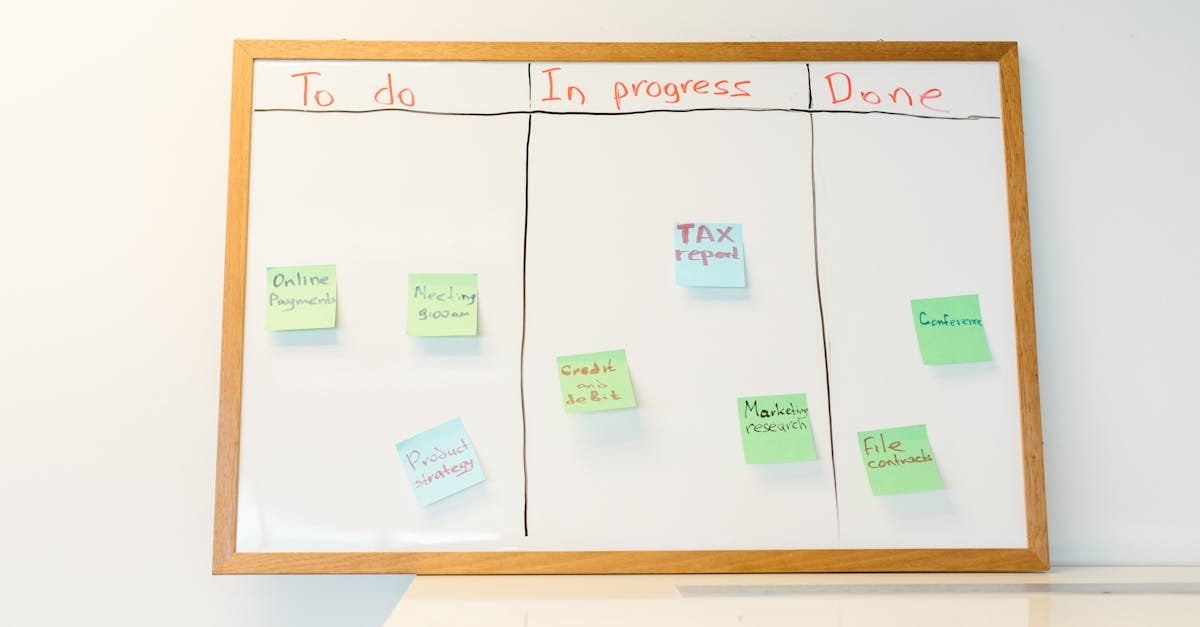QA as a Catalyst: Driving Process Standardization in Shared Services
Ever find yourself drowning in a sea of processes, struggling to find a standard approach in your shared services? You’re not alone. Many of us have faced the chaos of misaligned processes, resulting in wasted time, frustration, and missed opportunities. Quality assurance (QA) can really step up as a game changer here. Imagine transforming the way your team operates by leveraging QA to drive process standardization. Sounds revolutionary, right? Let’s unpack how QA can be a real catalyst for change in shared services. Understanding the Importance of Process Standardization Standardizing processes isn’t just a fancy buzzword; it’s about creating consistency and efficiency. When everyone follows a set standard, it simplifies training and boosts overall productivity. Here’s why it matters: Consistency: With everyone on the same page, clients know what to expect, and deliverables become more predictable. Efficiency: Identifying redundancies and eliminating them saves time and resources. Quality Control: Consistent processes help maintain quality across outputs. Scalability: Standardized processes make it easier to scale operations. How QA Drives Process Standardization Now, let’s talk about how QA can drive this much-needed standardization. Here’s the thing: QA isn’t just about checking boxes; it’s about a mindset shift. It involves: 1. Establishing Clear Standards What’s your benchmark for success? Establishing clear quality standards lays the groundwork. Think of it as setting a target you can aim for. Without this clarity, how can anyone know what “good” looks like? 2. Continuous Monitoring and Feedback Regular check-ins and feedback loops keep everyone aligned and aware of progress against those standards. It’s like having a GPS guiding you on the right path instead of wandering aimlessly. 3. Training and Development Invest in training to ensure everyone is equipped to meet your quality standards. When team members feel confident in their abilities, they produce better results—and happier clients. 4. Sharing Best Practices Create a culture where sharing best practices is the norm. When your team sees what’s working, they’re more likely to adopt those approaches—boosting standardization across the board. Take it from my experience. At one of the shared service centers I led, we implemented a QA framework that allowed us to identify best practices. The result? A 30% increase in process efficiency within months, proving that quality doesn’t just benefit the end product; it elevates the whole operation. Tackling Resistance to Change Let’s be real: Change is hard. Often, teams resist new processes. To overcome this, communicate the “why” behind your push for standardization. Share the success stories from your QA efforts. When people see tangible benefits—like reduced workload or improved client satisfaction—they’re more motivated to accept changes. Getting Buy-in from Stakeholders For any transformation to stick, you need buy-in. Engage stakeholders early on. Present the potential ROI of implementing a robust QA-driven process standardization approach—it’s a lot easier to get traction when they see the numbers. Measuring Success How do you know if your QA initiatives are working? Set KPIs to measure the effectiveness of your standardized processes. Consider metrics like: Reduction in errors Turnaround time for deliverables Client satisfaction scores Cost savings Keep a close eye on these indicators. They’ll help you adjust your approach and fine-tune your standardization strategy. Embracing a Culture of Quality To make QA a sustainable catalyst for process standardization, embed a culture of quality within your organization. Here’s how: Make quality a team value and not just a goal. Encourage ownership; empower teams to take charge of their processes. Celebrate successes and share lessons learned to promote growth. When quality becomes part of your DNA, it’s no longer a checkbox—it’s the norm. Looking Ahead: The Future of Shared Services The landscape of shared services is rapidly evolving. With advancements in technology and automation, there’s a pressing need for continuous process optimization. By leveraging QA, organizations can keep pace with these changes, driving not only standardization but also innovation. As you embark on your QA journey, remember that the goal isn’t to attain perfection—it’s to create a robust foundation that enables future growth. Standardization opens the door for improvement, and above all, creates a smoother journey for everyone involved. Your Next Steps If you’re inspired to take action, here’s what you can do: Assess your current processes. Where are the gaps? Establish quality standards that suit your operations. Engage your team and stakeholders for support. Implement monitoring and measurement practices. Keep evolving—processes should improve over time. As someone with 20+ years in the shared services game, I can tell you that embracing QA can transform your organization. It’s not just about surviving; it’s about thriving in a competitive landscape. For more insights on the shared services industry, including strategies, innovation, and leadership, check out THEGBSEDGE. It’s a treasure trove of knowledge for anyone looking to optimize their operations and processes. Embrace the idea of QA as a catalyst for change, and watch your shared services flourish.
QA as a Catalyst: Driving Process Standardization in Shared Services Read More »









